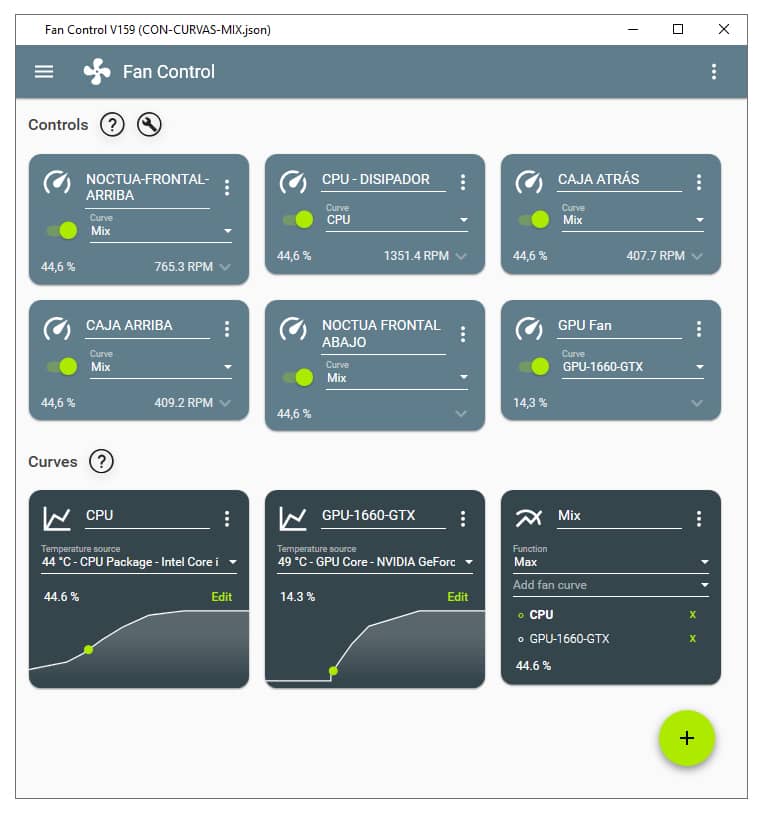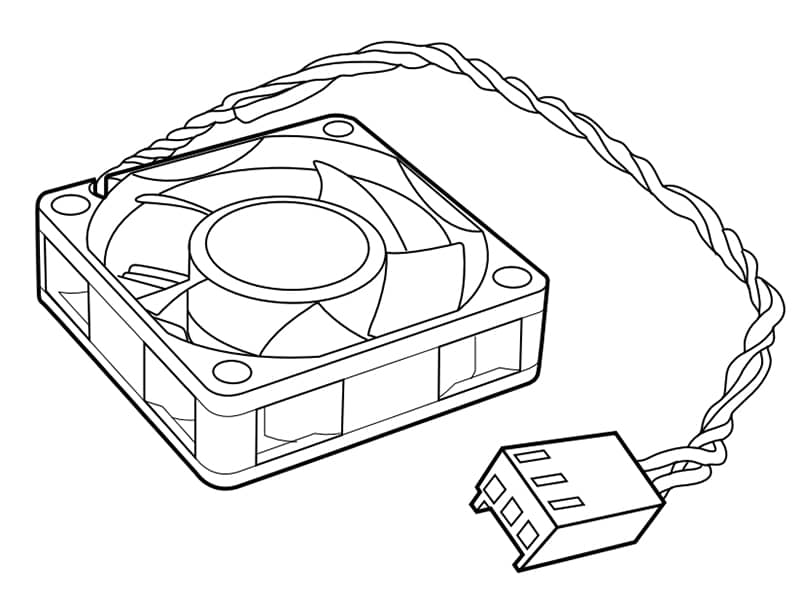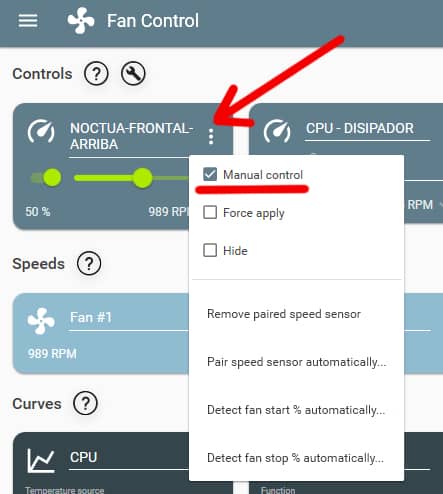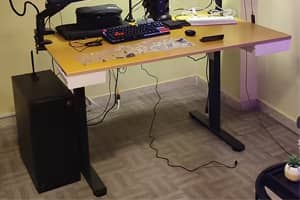
Summer will begin here on 21 June at 05:32 hours, peninsular time, and will last 93 days and 15 hours. During this time we are sure to experience several major heat waves.
If you work with a PC, you are already late to prepare your equipment for the arrival of those scorching heat waves ready to melt your machine.
You can start by cleaning fans, heatsinks, cables and everything inside the case and then check and change, if necessary, the thermal paste on the CPU and GPU. You can even look at the cooling settings to improve airflow.

If all of the above is OK, there is still more you can do.
It is also possible to set the speed of the fans and their response depending on the temperature of other components to self-regulate.
Although it is possible to control the fan response from the BIOS, only the CPU temperature would be taken into account. With Fan Control we can create curves that apply to the CPU and GPU. This way, when either of these two components reaches the set temperatures, the rest of the fans can act as support by increasing their working speed.
Graphics cards have sensors and controllers that work very well, but it is likely that you will want to modify their operation with a custom configuration and although this can be done with native software or others like MSI Afterburner and similar, these programs only act on the graphics card fans and not what the rest of them will do.
But let's take a look at this with an example.
After downloading and unzipping Fan Control, when you run it for the first time it will scan the sensors and detect all your fans.
The best thing to do now is to change the name of each one to be able to identify them. You can change them one by one manually and alter their speed or stop them with your case open to find out which one it is.

It is likely that if your board has small assist fans, the software will not find their sensors.

In my case there are two 35mm assist fans for which there is no choice but to act on the settings that are allowed from the BIOS.







